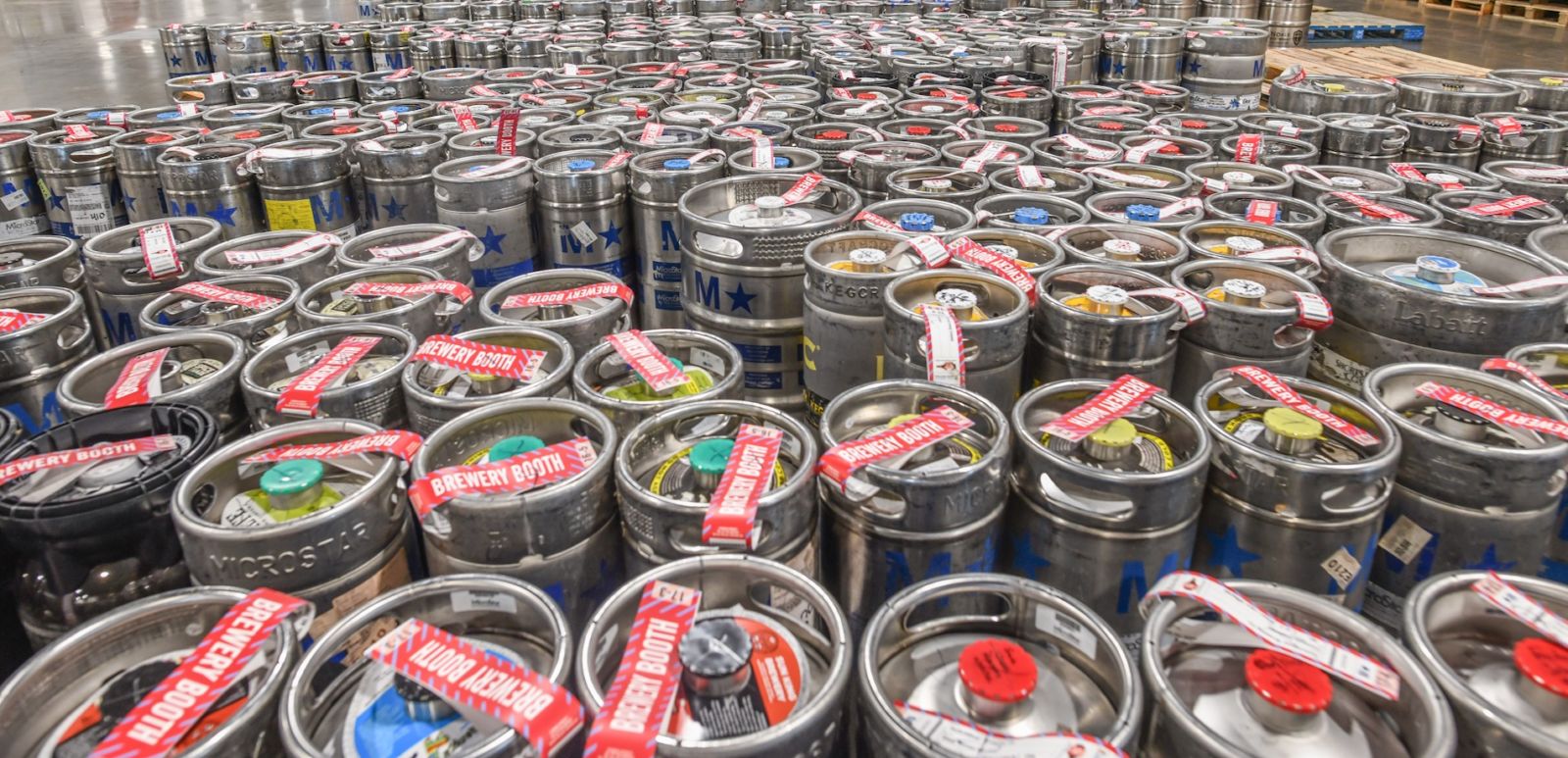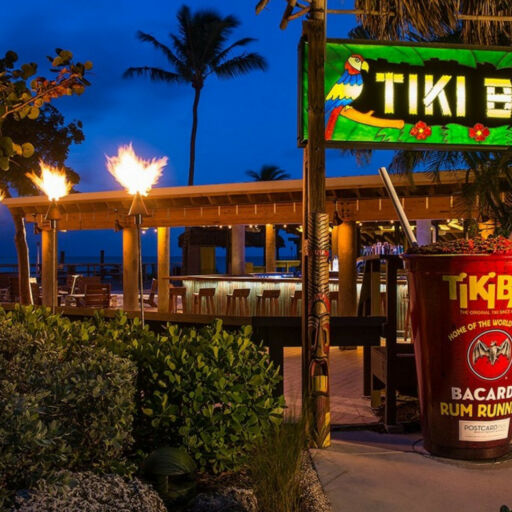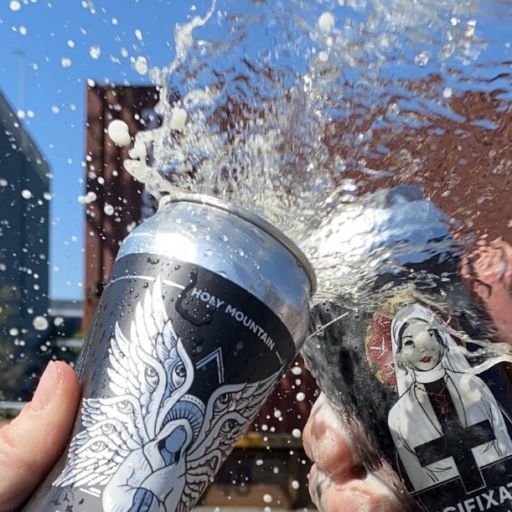To the sound of bagpipes, thousands of craft beer nerds flooded the Colorado Convention Center this past weekend for the 40th annual Great American Beer Festival. It was the first time since 2019 that hop heads gathered for the single largest beer festival in the U.S., also known as GABF.
From October 6 through 8, attendees sampled potent new beers, spanning the type spectrum, from more than 500 breweries from around the country. During each of the four four-and-a-half-hour sessions — one on each Thursday and Friday, two on Saturday — attendees in various stages of drunkenness (and often in costume) prowled the festival grounds in search of malty heaters and new personal favorites.
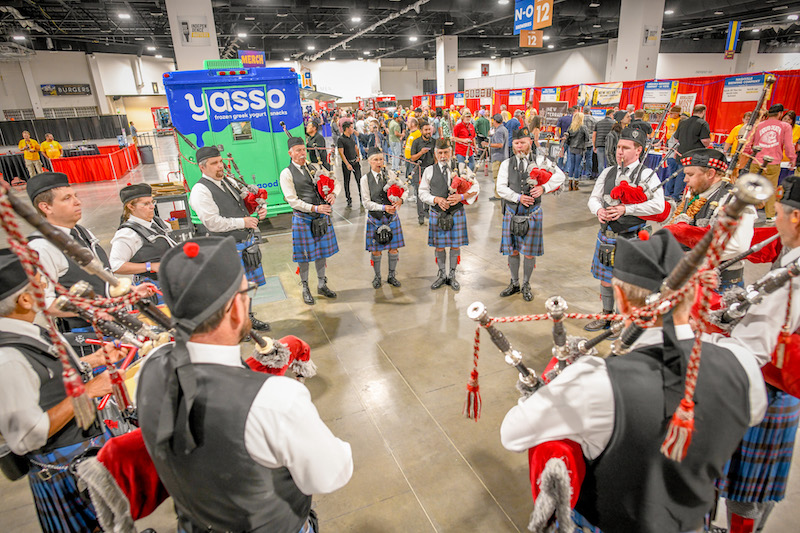
For brewers, GABF is an important opportunity to reacquaint with customers walking the floor with their sample glasses—especially post-pandemic—where they can both share who they are and see what consumers are into right now.
For some drinkers, the appeal of attending GABF is sampling the wares of myriad breweries—an endeavor that would otherwise take untold amounts of time and money to complete—over the course of a few hours for $95. For others, it’s about trying some of the rarest and most sought-after beers in the country.
Though Samuel Adams might otherwise be pooh-poohed for their homogenous lagers, their Utopias was one of the Bells of the Ball. Each night at exactly 8:13 p.m. the brewery released the limited-edition beer, after a New Years Eve-style countdown. Much of the hype has to do with the fact that the alcohol content of this high-gravity American Strong Ale (28 percent) means that it’s illegal to consume in 15 states.
Heavy-hitters like Bottle Logic, WeldWerks, Dogfish Head, Pure Project and Russian River not only had consistent lines (which, in some cases stretched down the aisle and around the corner), but for most of the sessions were completely tapped before the final bell rang. Granted, them bowing out early left room for lesser known breweries to get the spotlight.
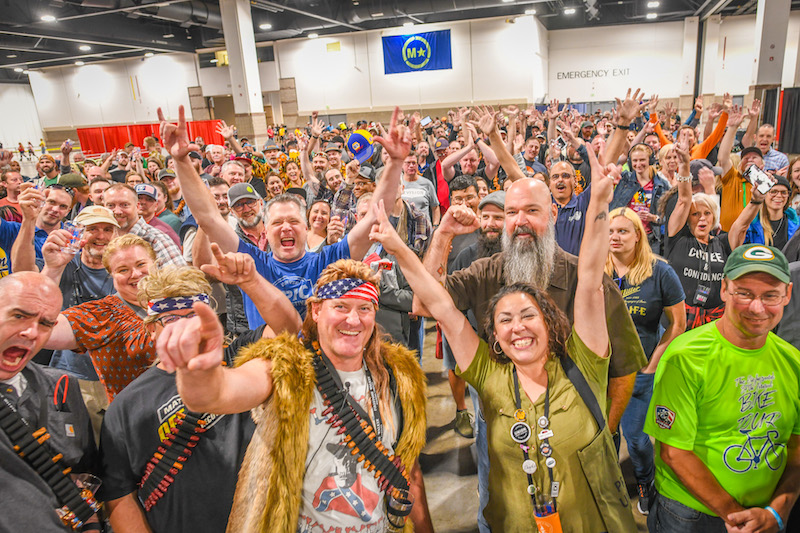
Though it was the first real GABF since the onset of the pandemic (there was a virtual event in 2020 and nothing in 2021), it didn’t quite feel like things were back to normal. However, that had more to do with ongoing construction at the Convention Center, and less with the coronavirus. The renovations in progress meant the festival was forced to go from the 584,000 square feet they were allotted in 2019 to 389,000 square feet this year. It meant that only roughly 500 breweries could participate, instead of the usual 800 plus. It also meant that going into the final session on Saturday evening, many of the beers had kicked. Russian River was just one of the handful of breweries that didn’t make it to the fourth tasting—all that remained for merrymaking attendees was a note scrawled in Sharpie on the butcher paper blanketing the table saying they’d run out and they promised to bring more beer in 2023.
But GABF is more than just a few hangover-fueling days—and the beers on offer aren’t your neighbors basement swill.
Presented by the Brewers Association, the national craft beer trade organization, GABF is the largest beer competition in the country. Breweries who participate are awarded bronze, silver, and gold medals in 98 beer categories (like Vienna-Style Lager, Classic Saison, and Experimental Wood-Aged Beer, just to name a few), covering 177 beer styles.

If your local taproom is any indication, American Style India Pale Ales had the largest performance—there were 423 entries into the festival. The second most entered style category? Juicy or Hazy India Pale Ale with 375 submissions. German-Style Pilsner, Wheat Ale, and Maerzen rounded out the top five.
The most medaled brewery was North Park Beer Co. The San Diego based brewery brought home four pieces of hardware, including a gold medal for their IPA (English or New Zealand style), a silver for their Imperial IPA (juicy or hazy style), a bronze for their American-Style IPA, and a bronze for their Imperial IPA.
The winners, chosen during blind tastings by 235 judges who have passed the Beer Judge Certification Program, were deemed the to be the best example of that style in the nation. And competition is steep—over the course of nine days, the judges evaluated just over 10,000 beers from a total of 2,154 breweries.
That’s all to say: winning at GABF is, frankly, a BFD.


